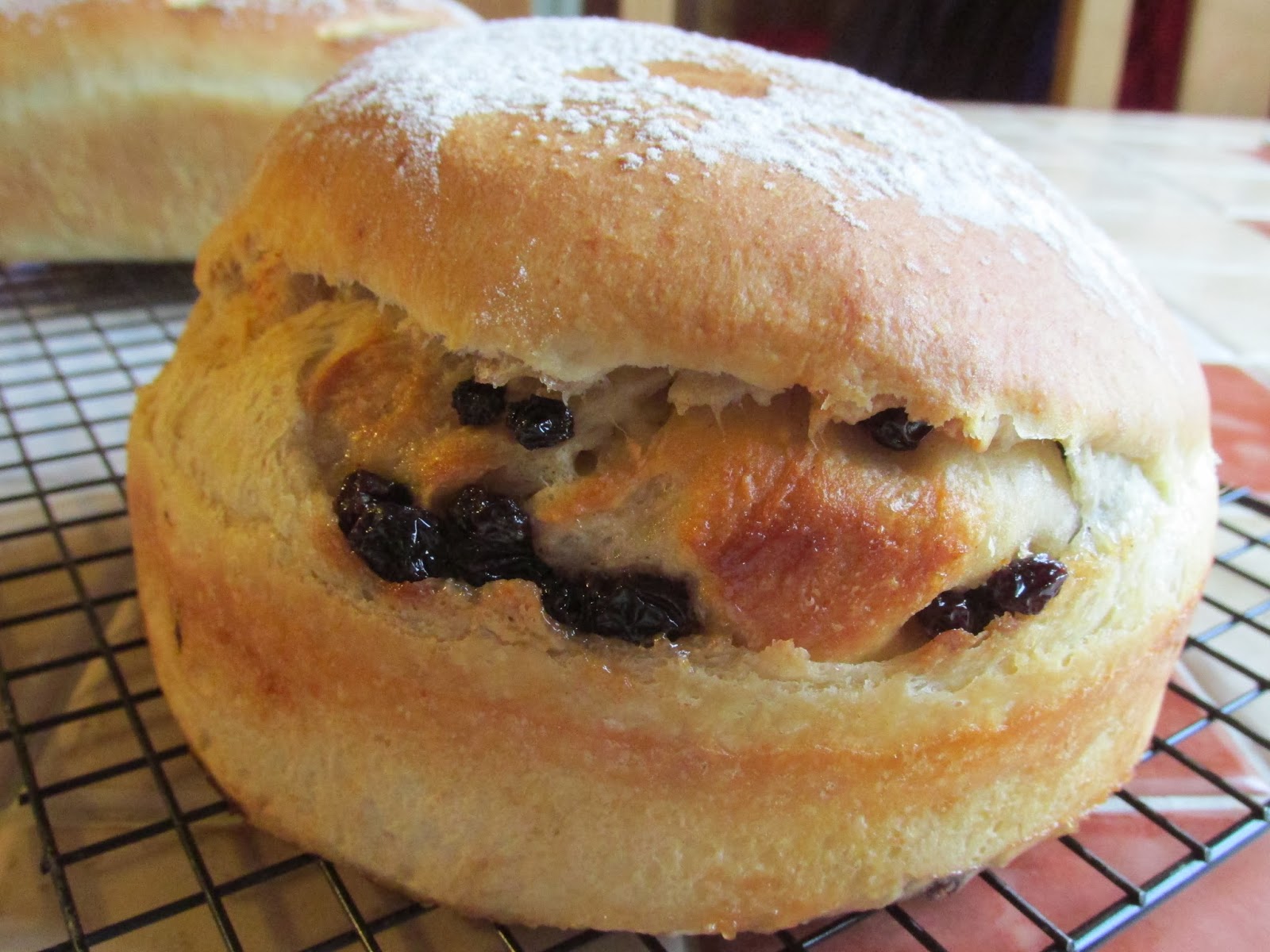ORANGE CAKE
Moist, easy, one step cake. So full of intense flavour and you can easily tart it up for a special occasion. But I just mix up some icing and pour it over…. I cannot tell you how yummy it is. You will just have to try it! I have been baking it for years and have passed it on to so many friends…..
You will need a food processor or large blender
Take 1 juicy orange. [it should weigh about 6 - 7 oz] not one of those very thick skinned ones. Chop the two nobbly ends off and then quarter it roughly, making sure you don’t lose any of the juices. Ditch any pips.
Put the orange in the food processor and blitz until it is mush. Skin - everything.
Add:
6 oz SR flour
6 oz caster or light muscovado [ for a darker even yummier cake]
6 oz soft butter [do not THINK of using marg]
½ teaspoon bicarbonate of soda
3 oz ground almonds
3 eggs.
This is your basic 6 6 6 3, sponge mix, I know.
Blitz until smooth - just a few seconds.
Tip into a prepared 9 inch tin - I line the base of a springform.
Bake at 170 deg C in your fan oven for approx 30 minutes.
Cool and decorate. It is just great dusted with icing sugar, or ice it and grate some orange zest over. You could of course go OTT and use fresh cream and orange slices for a special dessert.
I used light muscovado.













